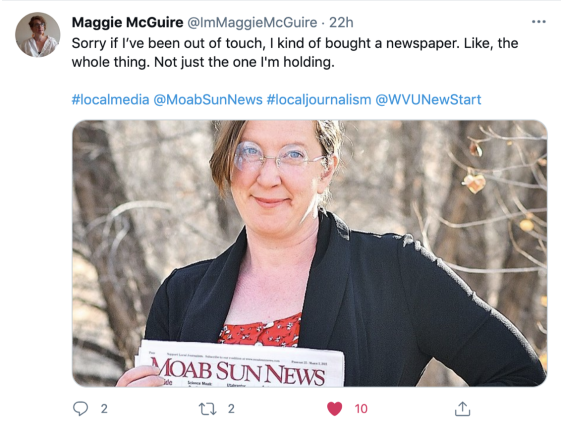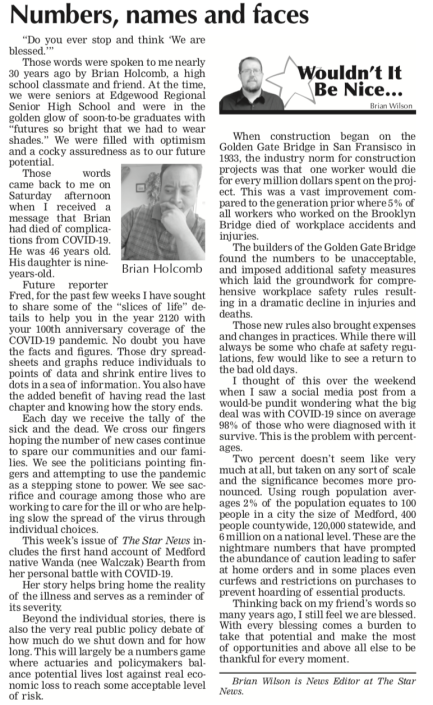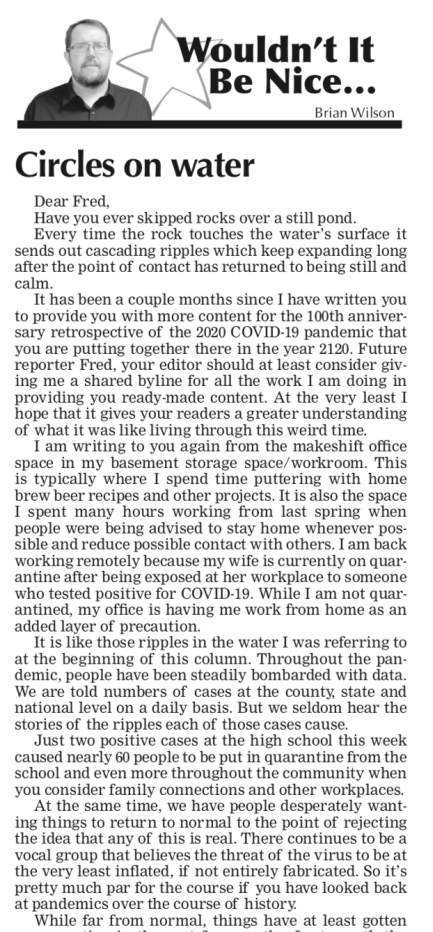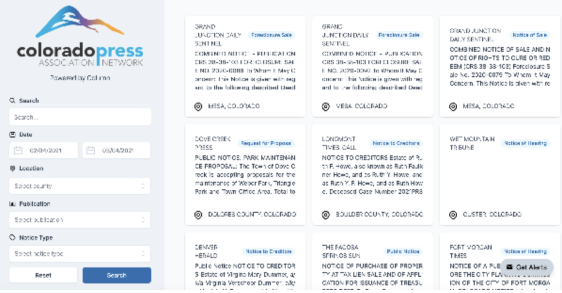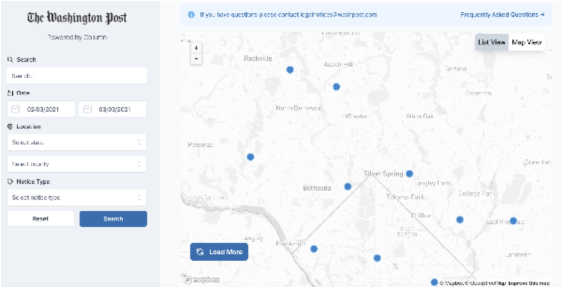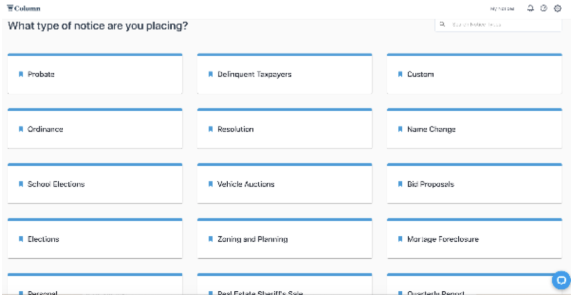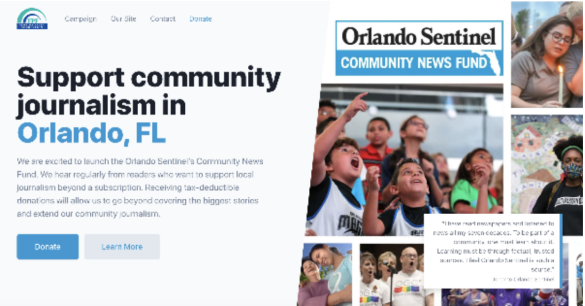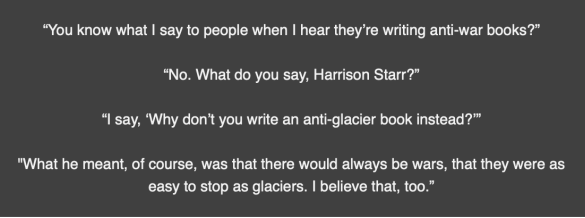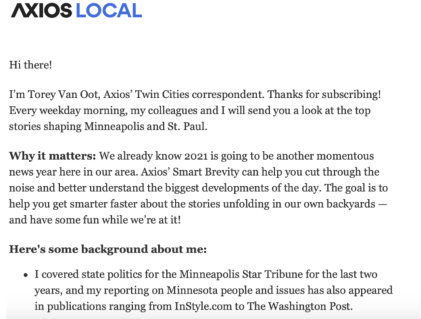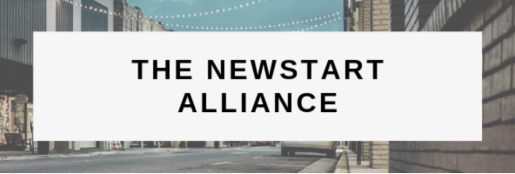
An Engaging Idea To Help Your Publication Thrive
Mar. 26, 2021
We’ve got a surprise in this week’s Alliance newsletter. Bridget Thoreson, the Engagement Manager at Hearken, is stopping by to talk about network mapping. Don’t know what network mapping is or what it has to do with journalism — especially at your local news publication? Well then this newsletter is for you.
So without further ado, please give a warm welcome to our very special guest star, Bridget Thoreson!
Making your outreach roadmap with network mapping
by Bridget Thoreson, Engagement Manager, Hearken

One of the first questions newsrooms ask me when they’re considering engagement journalism is where to start. Today I’d like to share a simple but powerful exercise to provide a roadmap for reaching out to specific audiences to inform your reporting.
First, a word on engagement – I work at Hearken, an engagement consultancy serving newsrooms, and we define engagement as a feedback loop with your audiences. This goes beyond getting likes on social media to providing pathways for audience members to ask questions that directly inform your reporting.
On to network mapping!
This exercise is included in the Citizens Agenda guide for engaged elections reporting (available for free download here), and was part of the Election SOS training taken by 134 journalists from 63 newsrooms last year. One of our participants was such a fan that she wrote a Nieman Lab piece outlining the impact this approach had for her own newsroom and others.
First, on a piece of paper or on your computer, put the topic you are interested in covering in a circle in the center. If you’re interested in pursuing engagement outreach for all your coverage, your news outlet can go here.
Next, start drawing stakeholder groups connected to the central circle. These groups can be defined any way – by demographic info, by interests, by platform usage. Audience members can belong to more than one circle.
You can also use visual cues as you map – if this is an especially large part of your audience, give them an especially large circle. If they’re superfans, put them close to the center, etc. Use cues that make sense to you. Here’s an example of the start of a network map from the Citizens Agenda guide:
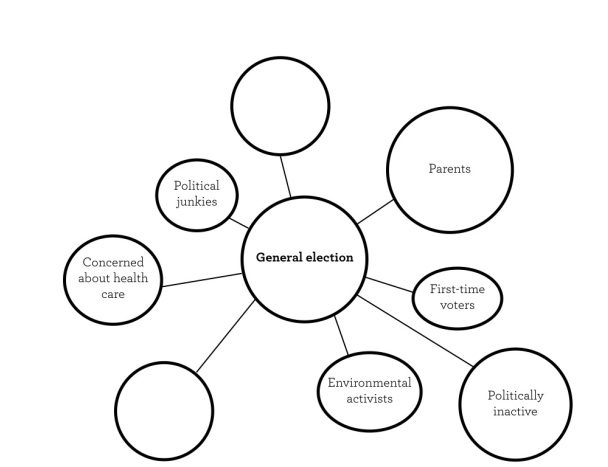
Next, keep going! Keep adding circles even after you start running out of ideas. This is where things get really creative.
Last, look at groups that are not on your map. Who are you not currently reaching who may want to connect to your news coverage on this topic? List them on the side. You can find ways to reach them.
Once you’ve drafted your map, take a look and identify just one group to start reaching out to. Think of existing platforms where you could connect with them, both those run by your newsroom and external platforms.
You can revisit this map and add to it as often as you like. By identifying stakeholders for your coverage, you’ll have a better sense of who you’re trying to reach, what you can offer them and where to go next with your engagement work.
If you’d like to learn more about network mapping, or other ways to approach engagement and build trust with your audiences, please join us April 7 for our free virtual summit.
Thanks to Bridget for joining us this week! I’d be interested to see what kind of network mapping you all can do for projects you are working on, or for your publications in general. Just reply to this email or tap here and let me know how it goes.
I’m sure Bridget would enjoy hearing your experiences with network mapping, as well. You can reach out to her on Twitter @BridgetThoreson.

